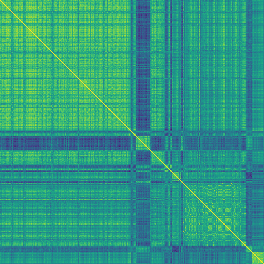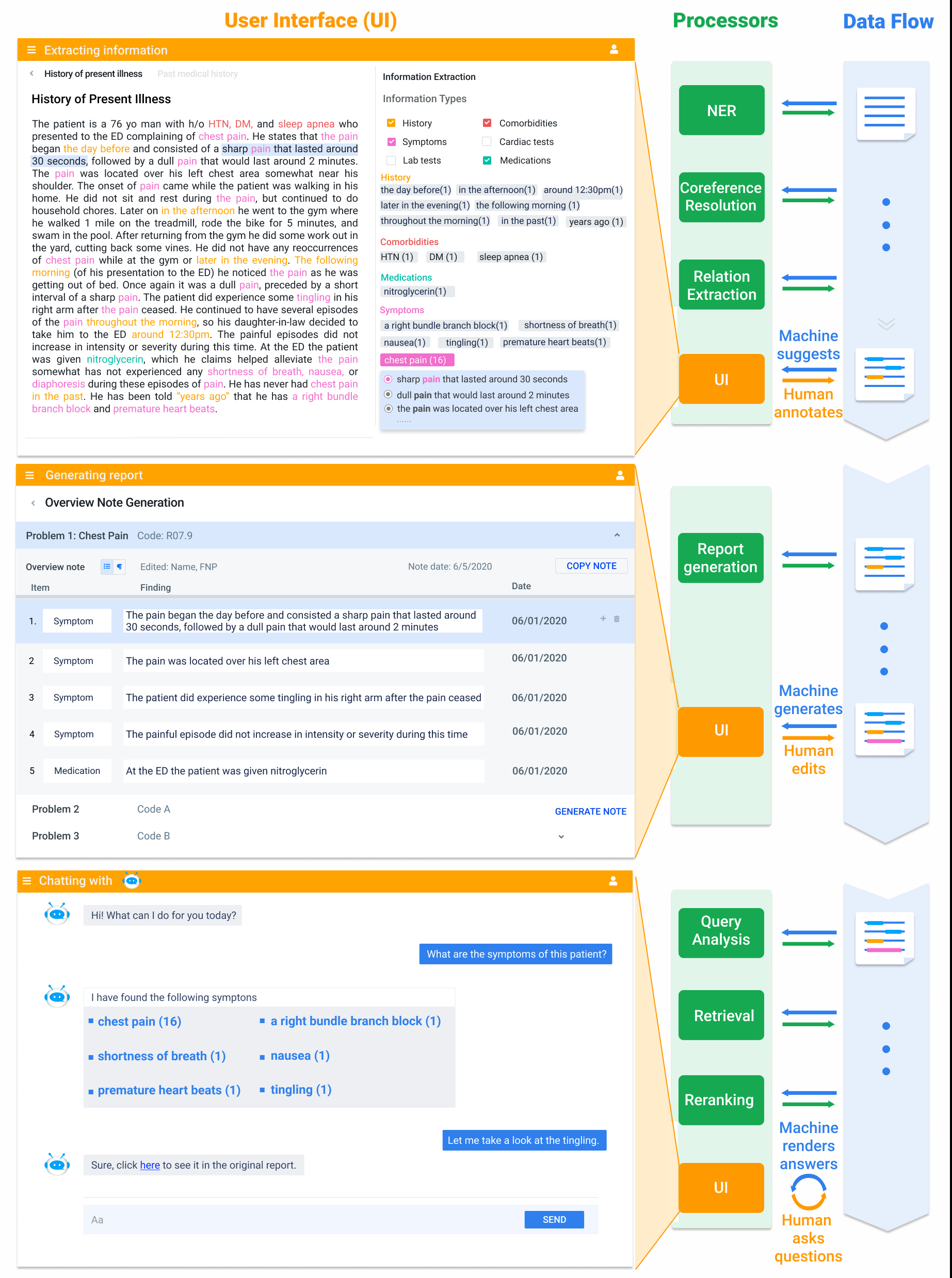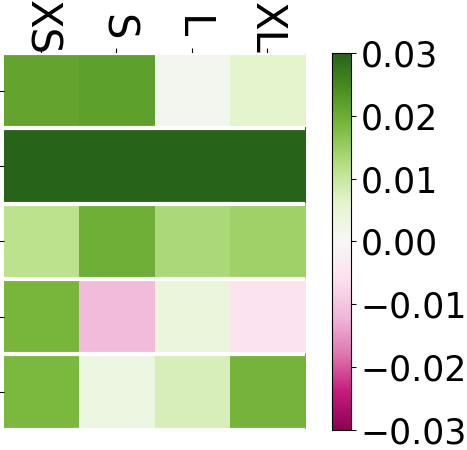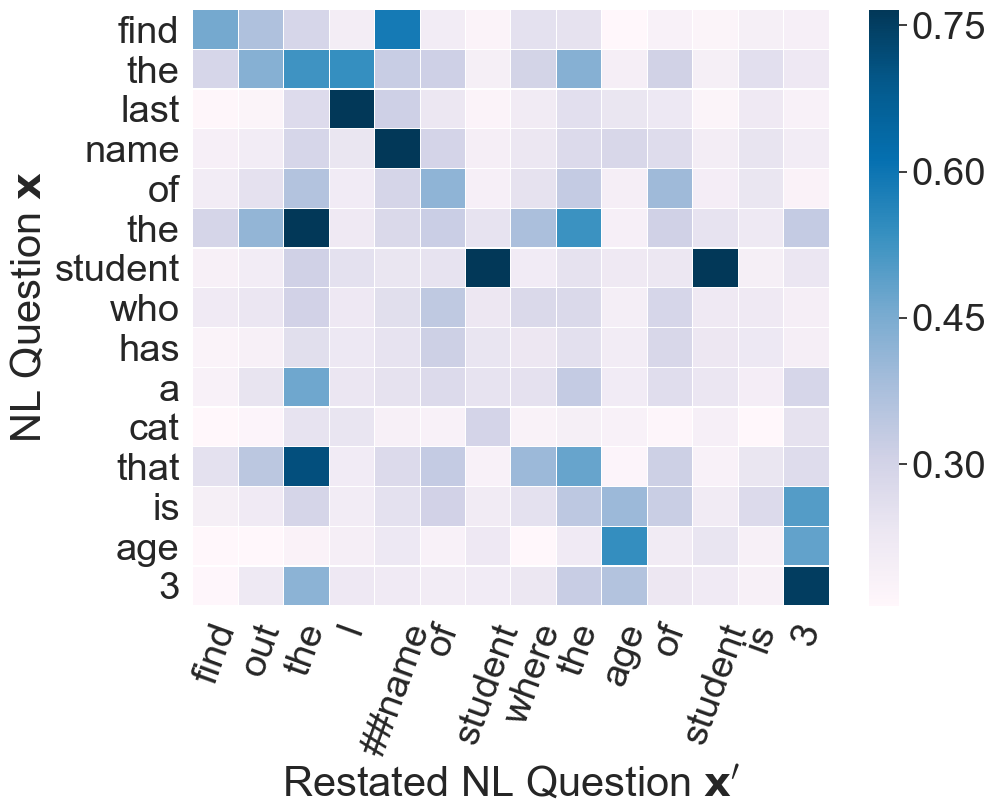The Language Interpretability Tool: Extensible, Interactive Visualizations and Analysis for NLP Models
Ian Tenney, James Wexler, Jasmijn Bastings, Tolga Bolukbasi, Andy Coenen, Sebastian Gehrmann, Ellen Jiang, Mahima Pushkarna, Carey Radebaugh, Emily Reif, Ann Yuan
Demo Paper

Abstract:
We present the Language Interpretability Tool (LIT), an open-source platform for visualization and understanding of NLP models. We focus on core questions about model behavior: Why did my model make this prediction? When does it perform poorly? What happens under a controlled change in the input? LIT integrates local explanations, aggregate analysis, and counterfactual generation into a streamlined, browser-based interface to enable rapid exploration and error analysis. We include case studies for a diverse set of workflows, including exploring counterfactuals for sentiment analysis, measuring gender bias in coreference systems, and exploring local behavior in text generation. LIT supports a wide range of models---including classification, seq2seq, and structured prediction---and is highly extensible through a declarative, framework-agnostic API. LIT is under active development, with code and full documentation available at https://github.com/pair-code/lit.
Similar Papers
The Curse of Performance Instability in Analysis Datasets: Consequences, Source, and Suggestions
Xiang Zhou, Yixin Nie, Hao Tan, Mohit Bansal,

A Data-Centric Framework for Composable NLP Workflows
Zhengzhong Liu, Guanxiong Ding, Avinash Bukkittu, Mansi Gupta, Pengzhi Gao, Atif Ahmed, Shikun Zhang, Xin Gao, Swapnil Singhavi, Linwei Li, Wei Wei, Zecong Hu, Haoran Shi, Xiaodan Liang, Teruko Mitamura, Eric Xing, Zhiting Hu,

Interpretable Multi-dataset Evaluation for Named Entity Recognition
Jinlan Fu, Pengfei Liu, Graham Neubig,

“What Do You Mean by That?” A Parser-Independent Interactive Approach for Enhancing Text-to-SQL
Yuntao Li, Bei Chen, Qian Liu, Yan Gao, Jian-Guang Lou, Yan Zhang, Dongmei Zhang,
